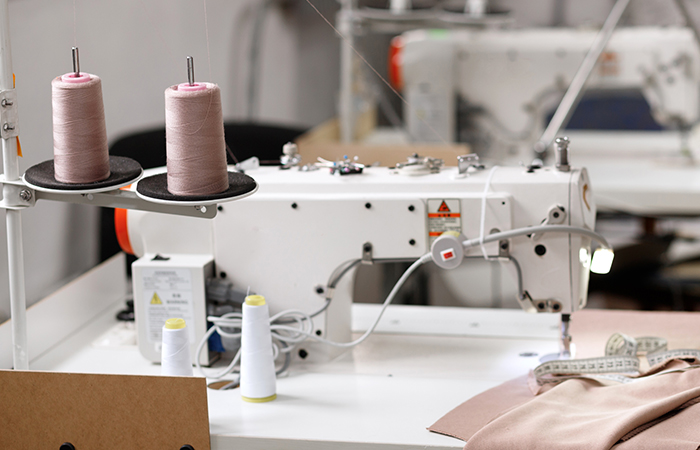


Words like fast fashion and slow fashion are more common than ever as society moves towards conscious consumption of the environment. There has been a crucial change in how we shop in the last few years. Fast fashion, for instance, has made it easy to get new apparel at a lesser cost. Earlier, you need to wait for your favorite store to announce a sale. Now, you can visit any outlet of clothing manufacturer and get your favorite pieces at a discounted price. But, in this case, the environment has to pay the fee for your convenience.
The debate between fast and slow fashion has frequently come up in discussions. But how well-defined is the term “fast fashion”? What is fast fashion’s actual cost, or how does it affect the environment? Let’s find out.
“Fast fashion” refers to a business model where the fastest number of fashion collections are introduced. The groups are based on the newest trends, driven by what famous people and fashion designers are wearing. Then, to sell as many things as possible before the next trend emerges, these fads are immediately copied, created in poor quality, and priced extremely low.
“Slow fashion” refers to a responsible and sustainable method of producing and consuming clothing. Most materials used to make clothing are eco-friendly or even recycled textiles. Generally speaking, clothing is better-made and more long-lasting. Slowly, clothing manufacturers also pay attention to environmentally friendly manufacturing processes.
The main distinctions between slow fashion and quick fashion are listed below. While not every brand will fit all of these requirements, the following characteristics frequently separate fast from slow fashion:
Fast fashion bulk manufacturers usually employ synthetic, petroleum-based materials that harm the environment. These companies use cheap textiles made from non-renewable fossil fuels. While slow fashion favors locally made, natural, organic, recyclable, and repurposed materials.
Fast fashion is meant to be worn a few times or for one or two seasons. Instead of the usual four seasons, fast fashion has fifty-two, one for each week. Consequently, quality suffers as companies are pushed to produce as much apparel as possible quickly. Slow fashion is more concerned with the quality of its items, designed by Custom Fitness Apparel manufacturers to last a lifetime and have a much slower cycle.
Fast fashion production frequently has adverse environmental effects, such as pollution and excessive waste. Slow fashion uses more environmentally friendly production methods and is often recyclable when customers are ready to throw away the clothing.
Fast fashion is infamous for its pitiful wages and working conditions. Most businesses outsource production to bulk suppliers in developing nations, where labor rules favor employers over employees. Slow fashion employees benefit from better pay and working conditions provided by clothing manufacturers.
Fast fashion can offer such low rates for its products because it employs such cheap materials and gives its employees small wages. Quality is, of course, the trade-off. Due to the use of better materials, more environmentally friendly manufacturing techniques, and more moral labor, slow fashion is more expensive.
Slow fashion attempts to assemble everything, while fast fashion destroys the environment. That is a sharp difference between fast and slow fashion.






